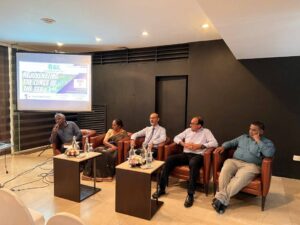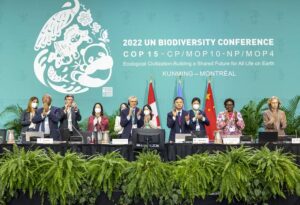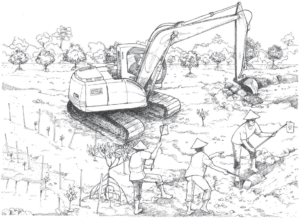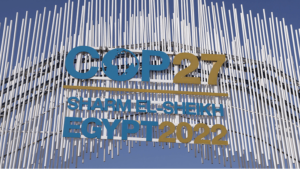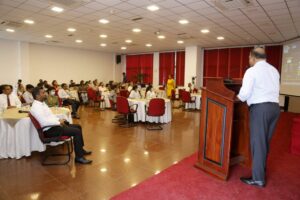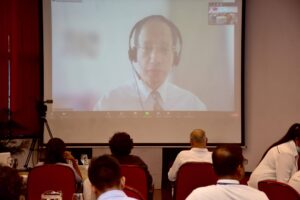Biodiversity is declining at a faster rate than at any other time in human history, driven by unsustainable economic activity. Businesses, governments, and civil society around the world lack the ability to measure their potential positive impacts on biodiversity in comparable and consistent ways. For example, species are being lost through the conversion of natural habitats to agriculture, forestry and urban expansion, and through poaching, fishing, or collection for local consumption or international trade. Consequently, reversing species loss requires action from a range of actors – national and subnational governments, businesses, industries, cities, civil society, the finance industry, and investors.
Why is it important?
The ‘transformational change’ required to bend the curve of biodiversity loss will only be realized if everyone can identify and deliver their potential contributions towards global biodiversity targets. As with climate change mitigation, it is essential to quantify contributions by specific actors to achieve global impact.
The post-2020 global biodiversity framework will guide global conservation action over the next decade, aligned in turn to the 2030 Agenda for Sustainable Development. To deliver the post-2020 framework, we need to be able to quantify and add up potential contributions to biodiversity conservation from around the world. The ability to quantify contributions will make it easier to reward positive action, as well as highlight where change is needed to mitigate negative impact. Enabling effective conservation action would in turn improve human well-being, prosperity, and health, which are inextricably linked to the health of the natural world.
What can be done?
The Species Threat Abatement and Restoration (STAR) metric allows businesses, governments, and civil society to quantify their potential contributions to stemming global species loss and can be used to calculate national regional, sector-based, or institution-specific targets. The STAR metric (Mair et al. 2021) was developed based on the IUCN Red List of Threatened Species, in a collaboration between 55 organizations. The IUCN Red List is the most comprehensive global assessment of the status of biodiversity.
Because biodiversity is distributed unequally around the world, STAR assesses the potential of specific actions at specific locations to contribute to international conservation targets. STAR estimates the contribution of two kinds of action to reduce species extinction risk – threat abatement and habitat restoration. This makes it possible to compare specific threat abatement and habitat restoration actions in different places toward reducing global species extinction risk, which will help companies, countries and others plan their conservation efforts. It also permits actors to add up their total contributions.
Setting science-based targets
STAR scores for a particular location (which can be of any size e.g., a site, landscape, country) show the potential contribution of conservation or restoration actions in that location to reducing the extinction risk for all species globally. STAR can therefore be used to establish science-based targets that reflect contributions from individual actors towards goals under the post-2020 global biodiversity framework.
The STAR metric can be used by individual institutions. For instance, an extractives company can use STAR to measure the impact of restoring habitat for threatened species across a network of mines.
The STAR metric is available for use by businesses through the Integrated Biodiversity Assessment Tool (IBAT), and for non-commercial users through IBAT and likely also additional third-party platforms.

